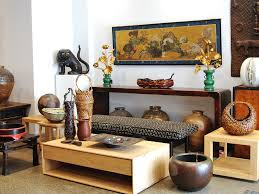Furniture includes movable articles which can be used to make a building or room suitable for everyday living or working in such as chairs, desks and tables. There are different types of furniture styles which are popular these days at Furniture Stores in cities like Melbourne. There are classic contemporary, transitional, modern, traditional, contemporary, rustic, cottage, Tuscan, mid-century, eclectic, country and industrial furniture designs available in furniture stores to suit individual requirements of clients.

Furniture is very beneficial to the ones who use it. It is means of creating special types of spaces at a property like area for dining, writing, sleeping and many other purposes. Furniture helps in storing materials which are used in everyday lives everything from clothes, books, utensils, jewellery, decorative items, household daily use items, medicines, stationery, electrical, and many other items. Furniture also helps to improve the visual appeal of a property and fills up empty spaces. A well furnished property has higher value than an unfurnished one.

A fabric is a cloth which is produced by knitting or weaving textile fibres. There are many types of fabrics available at Fabric Shops in cities like Melbourne. Fabrics types from natural fibres include cotton, silk, linen, wool, leather, ramie, hemp and jute. Manmade fabrics include acetate, chiffon, acrylic, organza, lastex, nylon, velvet, polyester, taffeta, denim, rayon, spandex, georgette, viscose, grey fabric, polypropylene and satin. Special fabrics include industrial, fibreglass, filter, carbon, vinyl, plain, blended, PTFE, crewel, stretch, reflective, quilted, polythene, narrow, laminated, flocked and flame resistant fabric.
After fabric has been purchased from fabric shops it has many useful benefits. Clothes of all kinds are made from fabric material which is comfortable, soft and attractive. Furniture covers, bed sheets, curtains, cushions are also made from good quality and durable fabric. Fabric has many other useful benefits. For more information on furniture stores or fabric shops in Melbourne area visit Kazari + Ziguzagu online.

